- Call us: 01444 237070
- Contact Us
- Stores
- Sign In / Register
-
- Back
- Used Cameras
- Used Accessories
- Used Lenses
- Used Video
- Used Film Equipment
- Used Stock Alert
- Used Blank Test
- Sell or Part Exchange
- Used Clearance
- Recently Added Used Equipment
- Park Picks
- All Used Black Friday Deals
- Faulty
- Trade-In
- Blog
- New in
- Call us
- Contact us
- Stores
- Sign in
- Categories
- Tips & Inspiration
- Reviews
- News
- Events
- Features
- Buying Guides
- Competitions
Long Lens Landscape Photography with David Clapp
At the Park Cameras Imaging Festival in June 2017, award-winning landscape and travel photographer David Clapp was in store sharing his wealth of knowledge to help customers take some fantastic landscape shots using a variety of different lenses and cameras including the Canon EOS 5D Mark IV and EF 100-400mm f/4.5-5.6L IS II USM.
For those not able to make the event, or those who did and want to refresh their memory, we’ve listed David’s 7 best tricks for making the most of a long-lens landscape.
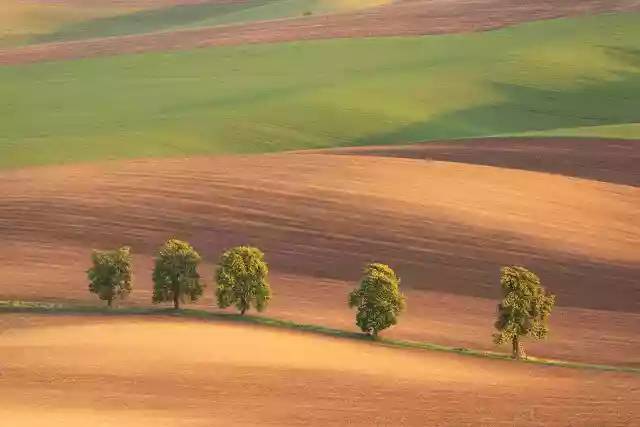
When we head out into the landscape, most of us tend to reach for a wide-angle lens before any other. And it’s not surprising, really. After all, with a wide, sweeping vista in front of us, it’s only natural to want to capture as much of it as possible within the frame.
However, next time you find yourself in this position, why not take a look at the other lenses in your kit bag? In particular, the long telephoto. Because the lens that’s most usually associated with the likes of wildlife and sports photography can also become your best friend in the landscape, too.
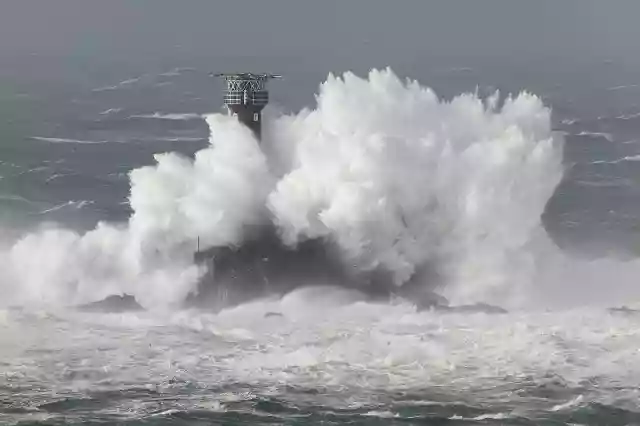
First and foremost, shooting a landscape using a telephoto lens compresses the scene. The longer the lens, the more extreme the compressing effect. Because this is something we can’t recreate with the human eye, the resulting image allows the photographer to play tricks on the viewer, altering the sense of scale and place, and creating an abstract out of what might otherwise be a rather ordinary scene.
Landscape photographer David Clapp is renowned for creating this kind of image. Here are his seven best tricks for making the most of a long-lens landscape.
Cameras
A Canon ambassador, David’s camera of choice is the 30.4MP Canon EOS 5D Mark IV. He describes it as being so versatile, it does the work of two cameras. As a back-up body, he has the EOS M5.
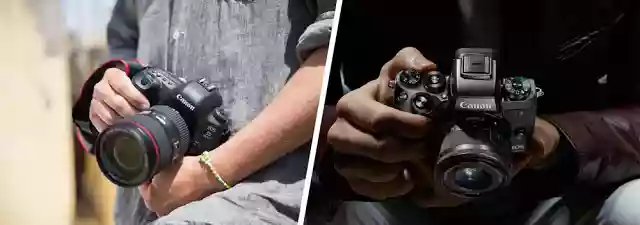
Lens
For long-lens landscapes, he doesn’t have several telephoto primes – just the one Canon EF 100-400mm f/4.5-5.6L IS II USM covers all his needs. Especially as, when coupled with an EOS M5 and a 1.4x Converter, it gives him a whopping 892mm focal length.

Stability
When shooting scenes such as this, stability is the number-one consideration, as even the most minuscule movement will show up in the image. As such, David uses a Really Right Stuff LCF-54 foot which, he says, unlocks the potential of the lens. Along with this, he uses a Gitzo GSLVLS levelling base, an Acratech GV2 ball head (as flat heads cause vibration) and spikes on the feet of his Gitzo GT4543LS tripod. To make sure everything is really locked solid, you’ll also need a telephoto lens support.
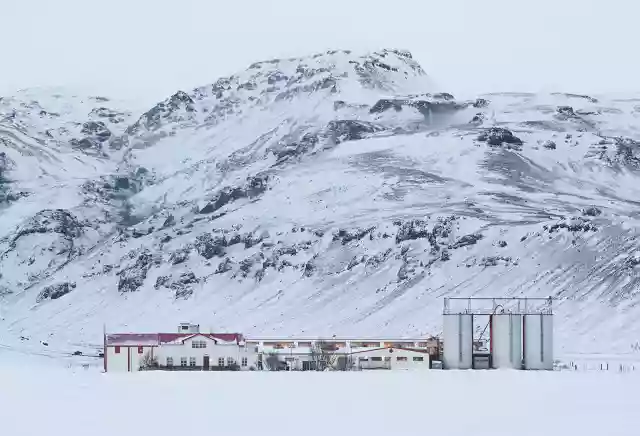
Composition
Keep your eyes open for something different and take the time to identify your composition. Remember, you’ll be looking for an extremely small element of the wider vista. Silhouettes always work well, as do the ‘folds’ and layers within the landscape that are emphasised by a long lens. If you can, include a figure within the frame to give a sense of scale. And don’t forget, the further you zoom into a scene, the wider the aperture you can use.
Haze
The longer the lens you use, the less contrast there will be in the final image, because of atmospheric haze. Don’t be tempted to remove this in Photoshop, as it not only gives a sense of depth, but also creates a softness and distortion that can be very pleasing.
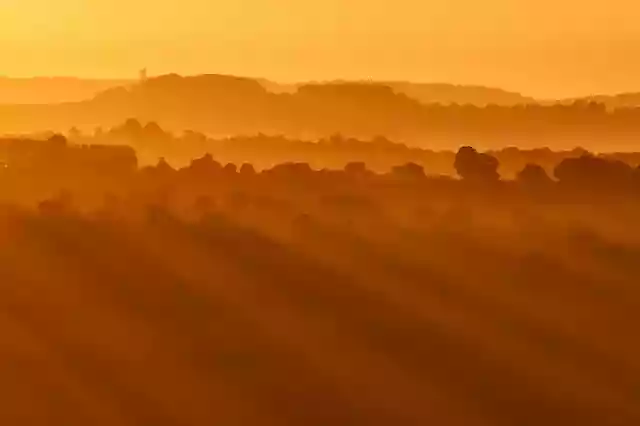
Final Step
Always, always, use mirror-up, a cable release and set your camera to its two-second self-timer to ensure no vibrations ruin your carefully planned shot.
Panoramas
Long lenses are fantastic for producing panoramic images. To do this, first turn the camera on its side, use the camera’s 3x3 grid view, and move the camera one third at a time for each shot. David uses PTGui software to stitch the images together in post-production.
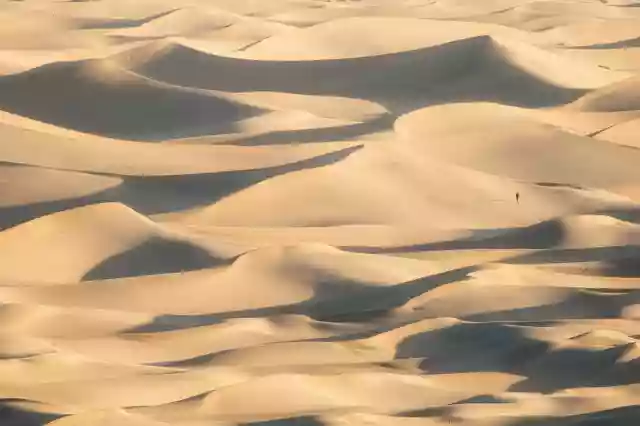
For further inspiration, you can visit Davids website at davidclapp.co.uk, or follow him on Facebook, Twitter, or Instagram.
Share this post:
By Park Cameras on 09/09/2017

Trade in your old equipment
Fast and easy trade in service ensures your old gear is collected efficiently and you are paid quickly! It's very simple to trade in your unwanted photography gear. Just head over to our dedicated Sell or Part Exchange page, fill out the details, and we'll get back to you with an offer for your old gear. Take the cash, or put it towards the cost of your new gear. It's up to you! Find out more
sign up to the newsletter
Keep up to date on the latest photography news, events and offers. Sign up now
